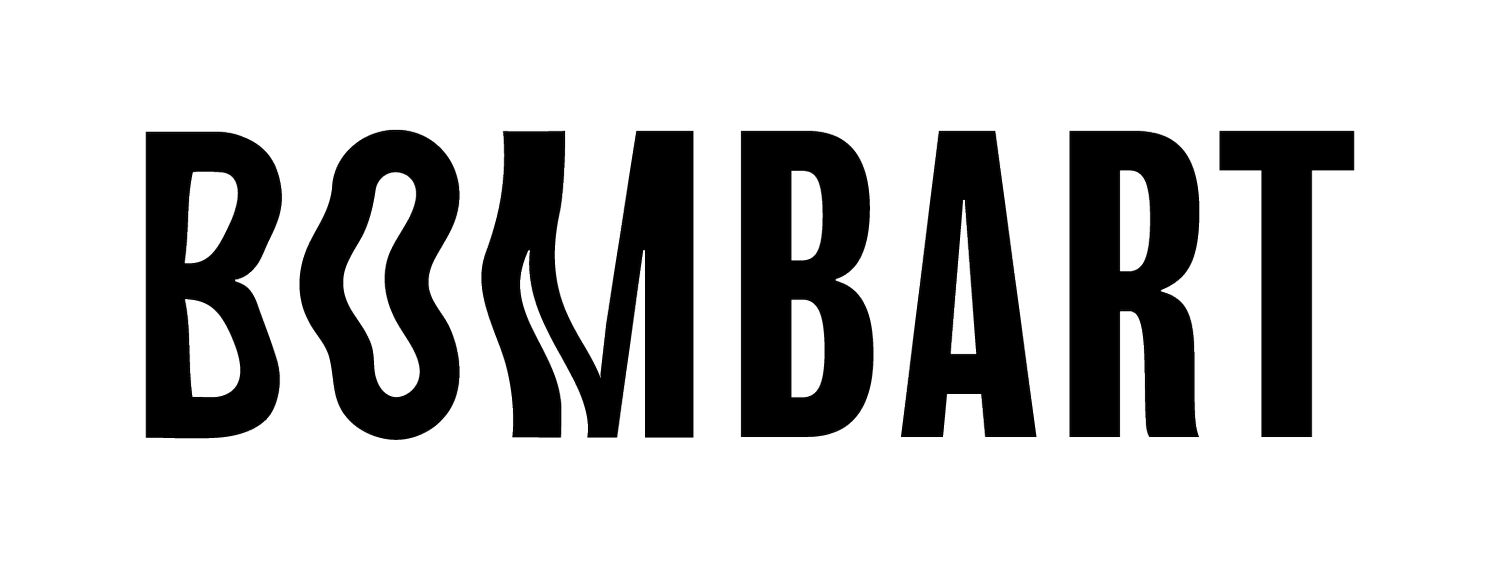Creating a Safe Space for Children to turn Adversity into Strength
A girl who lives on the streets of Lahore, Pakistan © Lara Lone, 2023
Trauma Processing & Emotional Expression
Arts activities are being viewed as comprehensive or multi-faceted interventions by the World Health Organization (WHO), as they incorporate various components, all of which are recognized as beneficial for health. These activities encompass aesthetic engagement, which enriches the imagination, activates the senses, evokes emotions, and provides cognitive stimulation. Depending on the specific art form, such activities can also entail social interaction, physical engagement, exploration of health-related themes, and interaction with healthcare environments (World Health Organization, 2019).
Neuroarts, the transdisciplinary study of how the arts measurably change the body, brain, and behavior, has shown that the arts in all of their many modalities can advance health and overall well-being. In healthcare settings, art therapies have been used to help patients manage pain and discomfort through the healing powers of creative expression. The distraction and emotional translation provided by artistic self-expression can reduce the perception of pain.
Providing a safe and non-verbal way for children to express their emotions, can be especially helpful when they find it difficult to articulate their feelings. It can also provide children with coping strategies for dealing with the ongoing challenges they face in times of severe stress, uncertainty, and all other horrendous repercussions when exposed to violent and conflict-affected settings. Creating art can help children process and make sense of traumatic experiences, and contribute to their emotional healing and resilience.
Regaining Agency & Confidence
Accomplishing artistic tasks and receiving positive feedback can boost a child’s self-esteem and self-worth, while they can regain a sense of control and agency over their lives, which is often lost in conflict or traumatic situations. Research has shown that creativity and artistic expression can positively impact brain development, enhancing cognitive functions such as memory, critical thinking, and problem-solving, as well as improving a child’s ability to communicate, both verbally and non-verbally.
Building Trust
& Creating Connection
Creating art in a safe group setting can foster a feeling of inclusion, and rebuild connection among children who may have experienced enmity and isolation due to trauma, as art-based community initiatives can bring individuals together, creating a sense of inclusion and support.
Moreover, art helps individuals explore and express their cultural, creative, and personal identities, and supports social interaction and collaboration, which can increase interpersonal skills and generate a sense of belonging – within the community, and in this world.

